What are Kidney Stones?
A kidney stone (renal stone / renal calculi / urinary stone/ urolithiasis) is a solid mass made up of tiny crystals and may appear in any area of the urinary system, from the kidney to the bladder.
It is formed in the kidneys from dietary minerals in the urine. Normally, urine contains chemicals that prevent the crystals from forming. These inhibitors do not work for everyone and therefore some people form stones. If the crystals remain tiny, they travel through the urinary tract and pass out of the body via urine without causing any symptoms.
Kidney stones are typically classified by their location or chemical composition.
Kidney stones by location:
- In the kidney (Nephrolithiasis)
- Ureter (Ureterolithiasis)
- Bladder (Cystolithiasis)
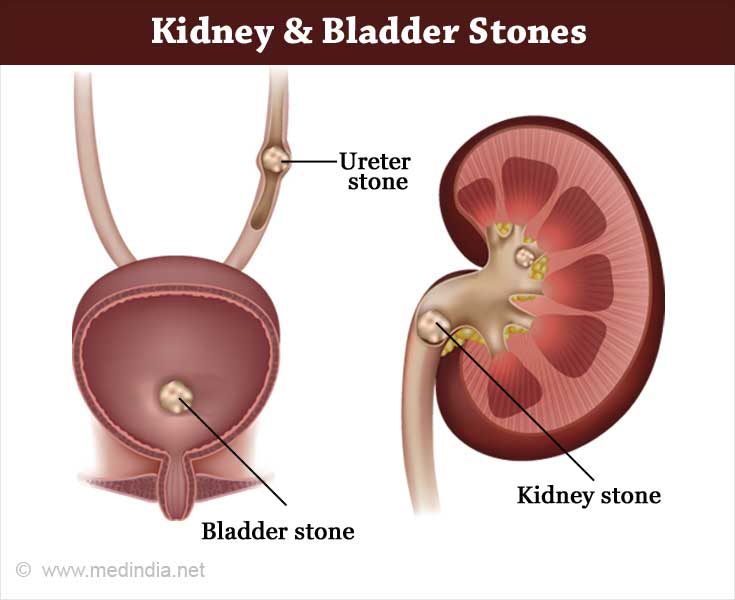
Kidney stones by chemical composition:
- Calcium-containing
- Struvite
- Uric acid
- Cystine
- Other compounds
The hallmark features of kidney stones are renal colic, hematuria and difficulty in urination. Pain may be accompanied with nausea, vomiting and fever with chills.
Diagnosis is made on the basis of history, physical examination, urinalysis, and radiographic studies.
Treatment depends on the type of stone and severity of the symptoms. 98% of small stones pass through urination. Pain control medications and, in some cases, medications to facilitate the passage of urine are prescribed. If required, lithotripsy or surgical techniques may be used for removal of stones, which do not pass through the ureter to the bladder on their own.
Kidney stones develop again, especially if the cause is not found and treated. Drinking plenty of water each day may prevent a recurrence.
The Times where at you often in a day have the Urinary Excretion performed with Ease, are times which invite you very frequently to lift up your Hearts unto God with such an Acknowledgment as This; O, My most merciful God, I bless thee, that the grinding Torments of the Stone, are not now grinding of me. - Cotton Mather, 1724
 MEDINDIA
MEDINDIA

 Email
Email
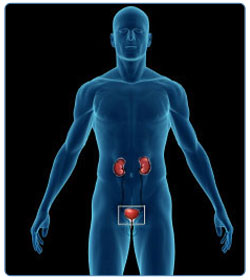
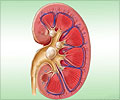
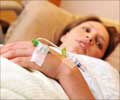



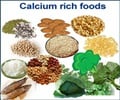
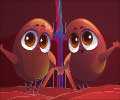
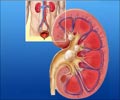


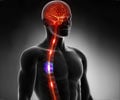
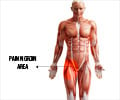
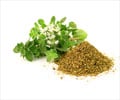
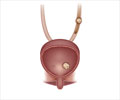
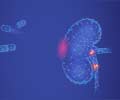



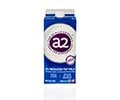
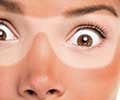
This is really helpful for people who wants to treat and keep their kidney themselves. Therefore it would be very good if you continue and make wider lessons.
Debretsion,Eritrea